
The story of the historic coaching feud between John Calipari and John Chaney – one of the most talked about in college basketball history – starts well before their famous confrontation in the Mullins Center press room 20 years ago on this date.
It started before Chaney’s Temple teams set a standard for dominance that seemingly couldn’t be matched or topped. Before Calipari’s UMass squads, unfazed by the challenge, matched and then topped it.
Even before the Owls and Minutemen regularly battled in one instant classic after another and morphed into not only the Atlantic 10’s, but the country’s fiercest rivalry.
It starts in Philadelphia, where a young UMass assistant coach by the name of Bruiser Flint constantly traded barbs with Temple assistant Dean Demopoulos on Philly’s summer league circuit, the two exchanging back-and-forths whenever they ran into each other. The fiery assistants – one with the team that had already staked its claim as a national powerhouse versus the other with the team just beginning to search for its identity – were setting the table for what was to come between their bosses.
“Dean always had something to say,” said Flint, who is now the head coach at Drexel. “We would go at it a little bit with trash talk. So I think in a way that started it a little bit.”
It started before Lou Roe, who would become one of UMass’ all-time greats, even put on the Maroon and White for the first time, when the power forward from Atlantic City, N.J. developed his own mini-rivalry growing up and playing with guys like Aaron McKie, a shooting guard from Philadelphia who went on to play for Temple.
“Any of those guys from the Philadelphia area that went to those schools, they were like my brothers,” Roe said. “I saw them all the time. It was always a special matchup playing those guys, because I didn’t want to hear their s*** during the summertime.
“So for me, it was big to beat them so I could walk around with my shoulders pumped out and feeling good during the summer.”
Little did they know that they were laying the foundation, putting the puzzle pieces together for something that blew up bigger than they ever could have imagined.
The build-up
Chaney’s famous charge at Calipari in February 1994 has received so much play over the years that few realize it wasn’t the first time the former Temple coach, who retired in 2006, had gone after an opposing coach.
Flint was a player at Saint Joseph’s in 1984 when he recalled the first time seeing Chaney lose his cool. In those days, it was common for college basketball double-headers to take place at the Palestra in Philadelphia, and on Jan. 14, the historic arena hosted games between St. Joe’s and Penn followed by Temple and George Washington.
After playing, Flint sat down to watch the Owls-Colonials game, and witnessed Chaney attack and grab the throat of GW coach Gerry Gimelstob.
It wasn’t the first time – Chaney actually tried choking former Stanford coach Tom Davis in 1982 – nor would it be the last.
The 1994 episode wasn’t even the first time he went after Calipari.
In February 1990, Temple beat UMass 83-82 in triple overtime at Curry Hicks Cage, but it was what happened late in regulation that grabbed headlines. Chaney was meeting with officials about a shot clock error that negated the Owls a basket, and Calipari tried stepping in to be part of the discussion. Chaney then shoved Calipari and the two had to be separated by their assistants.
“You’re talking about two fiery guys,” Flint said. “And with Coach Chaney, it wasn’t his first time going after somebody. …
“He was known for doing that kind of stuff from time to time.”
Beyond his here-and-there temper tantrums, Chaney was one of the best coaches college basketball has ever seen. From 1983 to 2001, Chaney guided the Owls to 17 NCAA Tournament appearances, including 12 straight from 1990 to 2001.
He also set a standard of triumph in the Atlantic 10 that seemed impossible to replicate.
By the time Calipari stepped in as UMass coach in 1988, Chaney had already led Temple to two 18-0 conference seasons, one 17-1 season, an Elite Eight appearance and back-to-back 30-win seasons.
With Chaney and Calipari – at first – it was very much a tale of the wily, proven veteran versus the inexperienced rookie who was hell-bent on making a name for himself.
That disparity in coaching skill and experience showed in the first years of the Chaney-Calipari series, as Calipari lost his first nine meetings against Chaney.
Little by little, year by year, however, that disparity narrowed. The Minutemen’s aforementioned 1990 triple-overtime loss was a sign that Calipari’s program had arrived, but it wasn’t until 1992 that UMass finally broke through with a 67-52 win at the Cage in which the paint fell from the ceiling because the crowd was so loud.
By the time Roe arrived in 1991, the rivalry had already become one to pay attention to. And it was his dominating presence, along with the arrival of Marcus Camby in 1993, which began to spark a changing of the guard in a rivalry that was quickly becoming intense and regularly nationally-televised.
“It was one of those things where the rivalry started getting a little heated,” Flint said. “We were coming up and knocking them off their pedestal a little bit.
“They were really heated battles,” he continued. “John Calipari, the up-and-coming youngster, and John Chaney, the established old guy, Hall-of-Famer. No one really challenged Temple like we did in those days.”
And there was no confrontation quite as big as the one that followed in those days.
The confrontation
Sunday, Feb. 13, 1994. Mullins Center. 2 p.m.. No. 8 Temple at No. 13 UMass.
It was even nationally-televised on ABC, a network that didn’t often air college basketball showcase games.
Nothing else mattered. No game was bigger.
“There was a lot of hype,” said Art Stapleton, who was one of the Massachusetts Daily Collegian’s men’s basketball beat reporters at the time.
It lived up to the hype, too.
With seconds left in a highly competitive, highly physical game, UMass junior guard Mike Williams’ game-winner – in his first game back after collapsing on the court two weeks prior at Cincinnati – lifted the Minutemen to a thrilling 56-55 win over the Owls in front of a jam-packed crowd.
But the biggest headline came after the game.
As Calipari answered questions during his postgame press conference, Chaney barreled through the doors of the Mullins Center press room and started yelling at the UMass coach standing at the podium.
Legend has it that after the game was over, after the students had rushed the floor, Calipari went to the back and waited for the game’s officials in the hallway outside the press room. He didn’t like some of the calls they had made against his team, and he wanted to let them know.
“(He) starts berating them for calls that they missed in the game,” Stapleton said. “An AP reporter overheard him say, ‘You’ll never work in this gym again.’”
Somehow, Chaney, who conducted his press conference before Calipari and went back to the Temple locker room, caught wind of what the UMass coach was saying to the refs and stormed back to the press room.
He opened the doors and started screaming.
“Can I please say something, Coach?” Chaney barked from the back of the room.
“We all just looked around and said, ‘What’s Chaney doing here?’” recalled Joe Burris, then a UMass reporter for the Boston Globe.
“Coach, you don’t say (expletive) to officials without me being involved in it. I’m not going to be a party to that,” Chaney continued. “Against George Washington you won with three (expletive) calls down the stretch. You had the best (referees) out there today. Three class guys.”
“You weren’t out there, Coach,” Calipari responded. “You don’t know a thing about it.”
“You send your kids out there pushing and shoving,” Chaney blasted back. “I get my (expletive) blasted at West Virginia and…”
“Coach, let me tell you something,” Calipari said as he pointed his finger at Chaney.
“Shut up,” Chaney said, at which point he charged the podium.
Williams and UMass point guard Derek Kellogg, who were both in the press conference, stood up and restrained the two from each other.
“I didn’t know what to expect,” recalled Kellogg, now the head coach at UMass. “Obviously it’s a little strange seeing a coach going after another coach, but I didn’t think he was ever going to take it to the next level to be honest.
“I don’t think he was going to throw any blows or punches or anything. Maybe a little wrestling or jostling, but he’s an emotional guy, emotional coach. He’s always been, and he’s going to stick up for his team and program when things aren’t going the way they’re supposed to.”
The shouting match wasn’t over.
“I’ll kill you!” Chaney yelled, being restrained. “You remember that. When I see you, I’m going to kick your ass.
“You’ve got a good team. You don’t need that kind of edge. That’s why I told my kid to knock your kid in the (expletive) mouth.”
Chaney then left, and the press conference continued.
Afterwards, down the hall, those who weren’t in the press room started catching wind of what happened.
Flint was waiting for Calipari in the locker room when he walked in.
“(Calipari) was like, ‘Chaney went after me,’” Flint recalled. “And actually, I busted out laughing and then I realized, he’s dead serious. I was like, ‘Oh man, he’s serious, what happened?’ So he told me what happened.
“And actually at that point I talked to him about Gimelstob. And I was like, ‘Cal this isn’t the first time he went after you in the Cage,’ and he said, ‘But not like this though.’”
The aftermath
Eventually, the frenzy that night at Mullins Center died down.
But the media firestorm was just getting started.
The Minutemen’s next game was two days later at Saint Joseph’s, in Philadelphia of all places, and said firestorm awaited.
“It was absolutely nuts,” Flint said. “They had cameras waiting for us when we got off the plane. I mean, going to St. Joe’s and playing that next game, it was absolutely crazy. The media was absolutely nuts.”
It got even nuttier a week later. On Feb. 24, UMass visited McGonigle Hall in Philadelphia to face none other than the Owls.
“The media couldn’t wait to feast on it,” Burris said.
Stapleton said there were rumors that UMass wouldn’t go to Temple unless Chaney came out and apologized, and in a tear-filled news conference, he did just that.
Still, naturally, there was escalated media presence for the game. Roe said the team needed police escorts from the hotel to the arena and anywhere else they went.
“It was really hard to focus on each and every game,” Roe said. “Every time we went to Philadelphia we had a police escort at the hotel or on the bus or even to escort us into the arena, because that’s just how big that rivalry had become at that time. It was almost like soccer overseas or something. Somebody could have gotten really killed, that’s how bad the blood was.”
Naturally, McGonigle Hall’s small gym filled out. It was standing-room only attendance, and Spike Lee even made an appearance.
Calipari and Chaney even hugged before the game started.
The Minutemen ended up winning the game 51-50, naturally, as Williams banked in a 3-pointer to win it.
Calipari 2, Chaney 0.
Looking back
Those involved and those who were there for the famous confrontation can’t believe it’s been 20 years.
“I thought it was about 18 or 19, not 20,” Roe joked.
Twenty years later, a lot has changed, but people’s memories of the incident haven’t.
Calipari, who now coaches at Kentucky, and Chaney have become good friends. In 1994, after the confrontation, the two got together for a fundraising event for diabetes, Flint said. Calipari was asked to roast Chaney at it.
Roe said the rivalry between Calipari and Chaney was simply natural.
“It’s just like any player, like Karl Malone and David Robinson, those heated rivalries: Sometimes there is bad blood because both sides want to win so bad,” Roe said. “I think that’s what had taken place with Chaney. He’s a hell of a competitor and he chose Cal. Any time when you have two bulls knocking heads, there’s going to be some kind of explosion from the impact.”
Stapleton, two decades later, said as the years have passed, he’s grown to understand where Chaney was coming from when he decided to barge through the Mullins Center press room doors and create a scene that would live on forever in memories.
“Chaney’s point was that you just won a huge game at home on national television and you’re already setting it up the next time you see the referees, that they’re maybe going to give you a call that can help you win,” Stapleton said. “And that was always Calipari’s mindset at UMass. It was always, ‘What’s my next move?’ He never took appreciation for the move he just made; he was always looking one step ahead, and I think that’s where Chaney was trying to cut it off right at the point of attack.
“Now you kind of understand where he was coming from.”
And it was all born out of an unrivaled, passionate and competitive drive that both coaches used to fuel their collective fire.
It was the classic matchup of the veteran versus the prodigy and old school meets new school, one of the best rivalries college basketball has seen and will ever see.
“You get that all together with the right mix,” Burris said. “Intense game, national TV, a lot at stake. It was just a perfect recipe for that.”
Last year, Flint said that Chaney came to visit him at Drexel. They sat around and chatted, and at one point joked about the incident.
“It’s still funny,” Flint said, “because (Chaney) said, ‘I would have kicked Cal’s butt.’”
Some things just never change.
Stephen Hewitt can be reached at [email protected] and followed on Twitter @steve_hewitt.







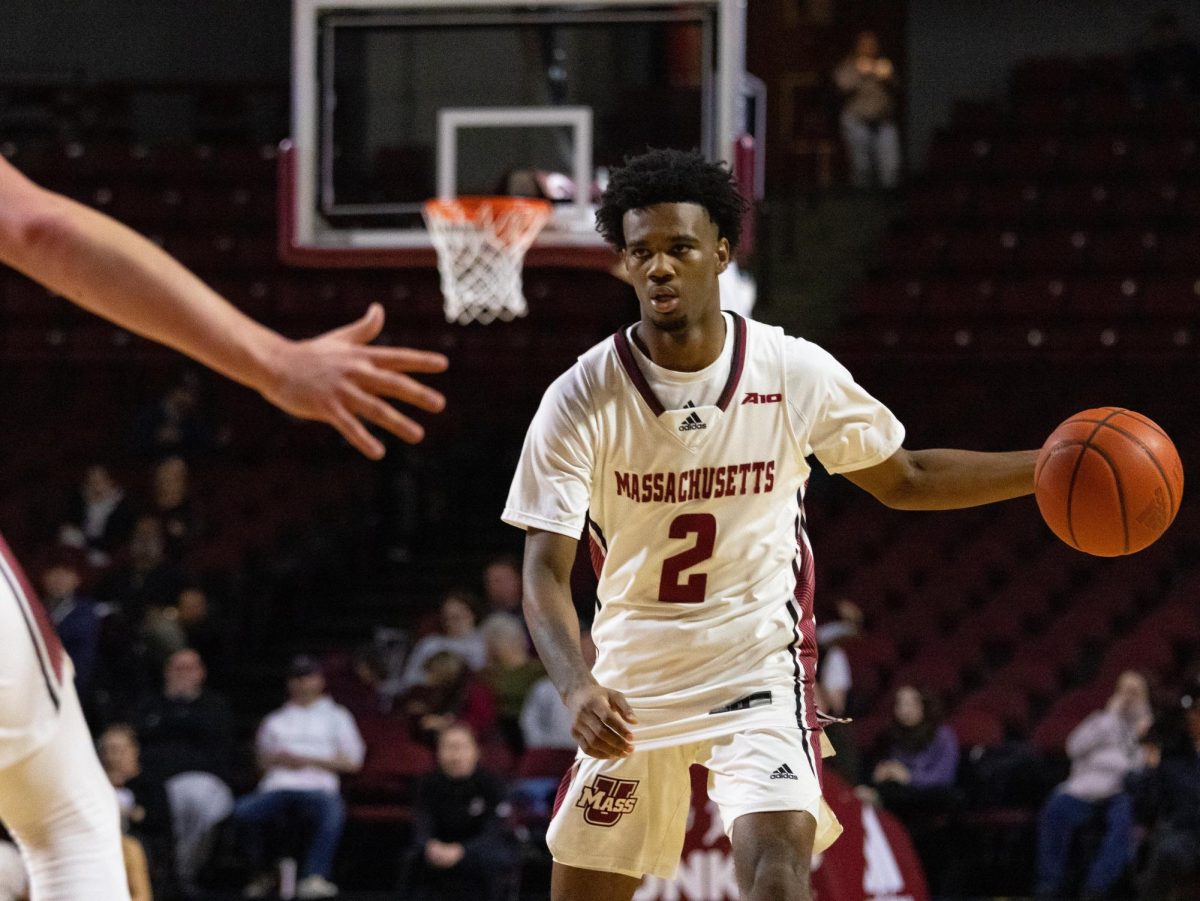
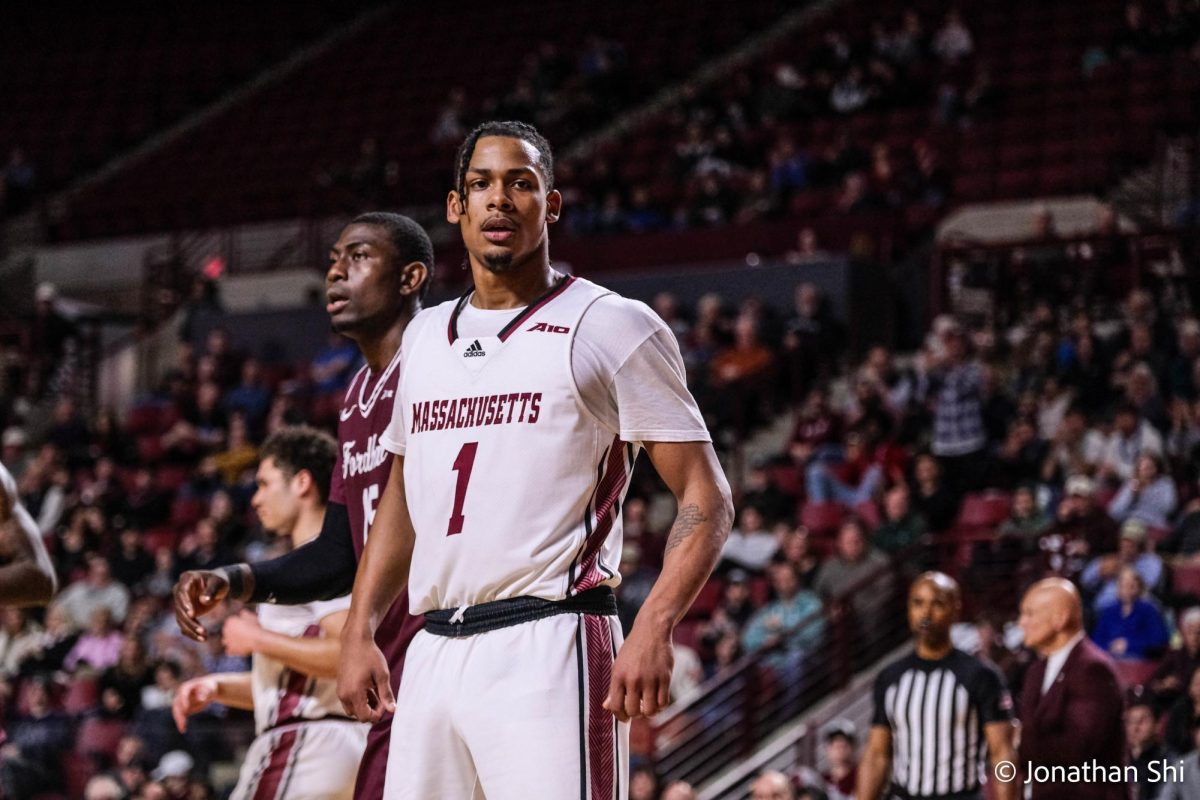
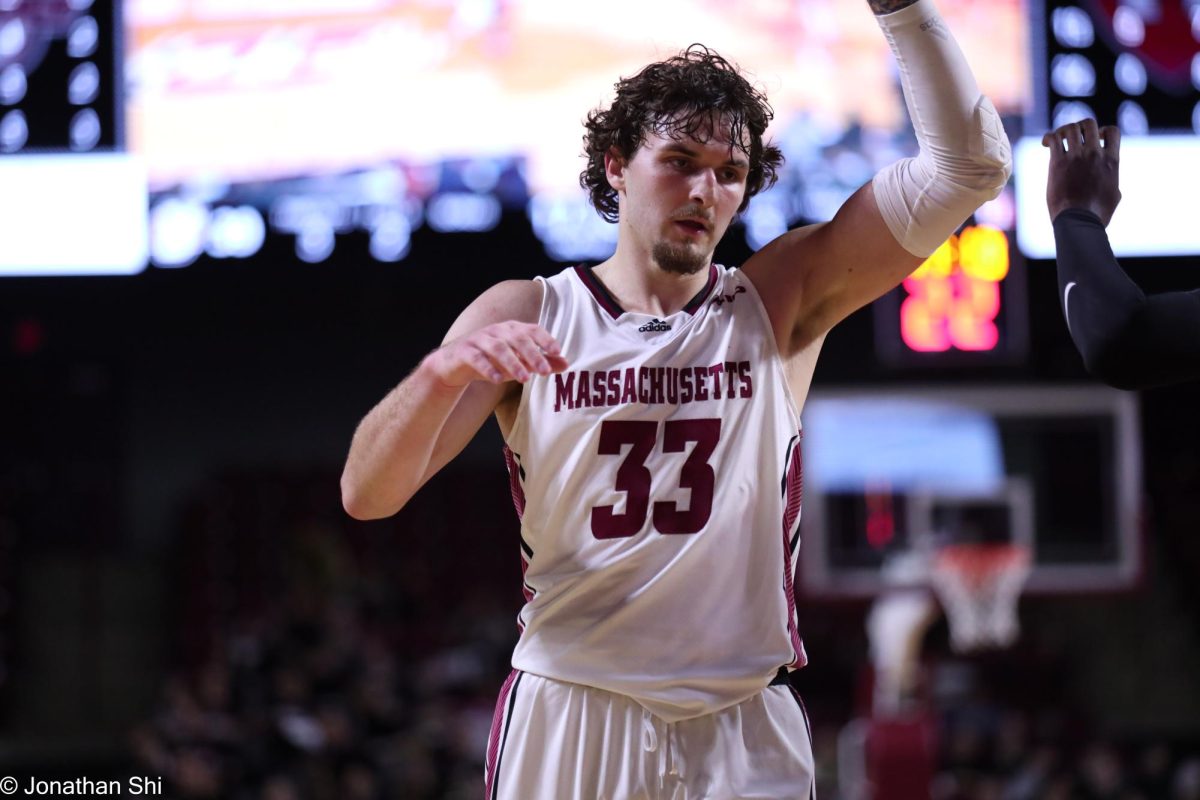
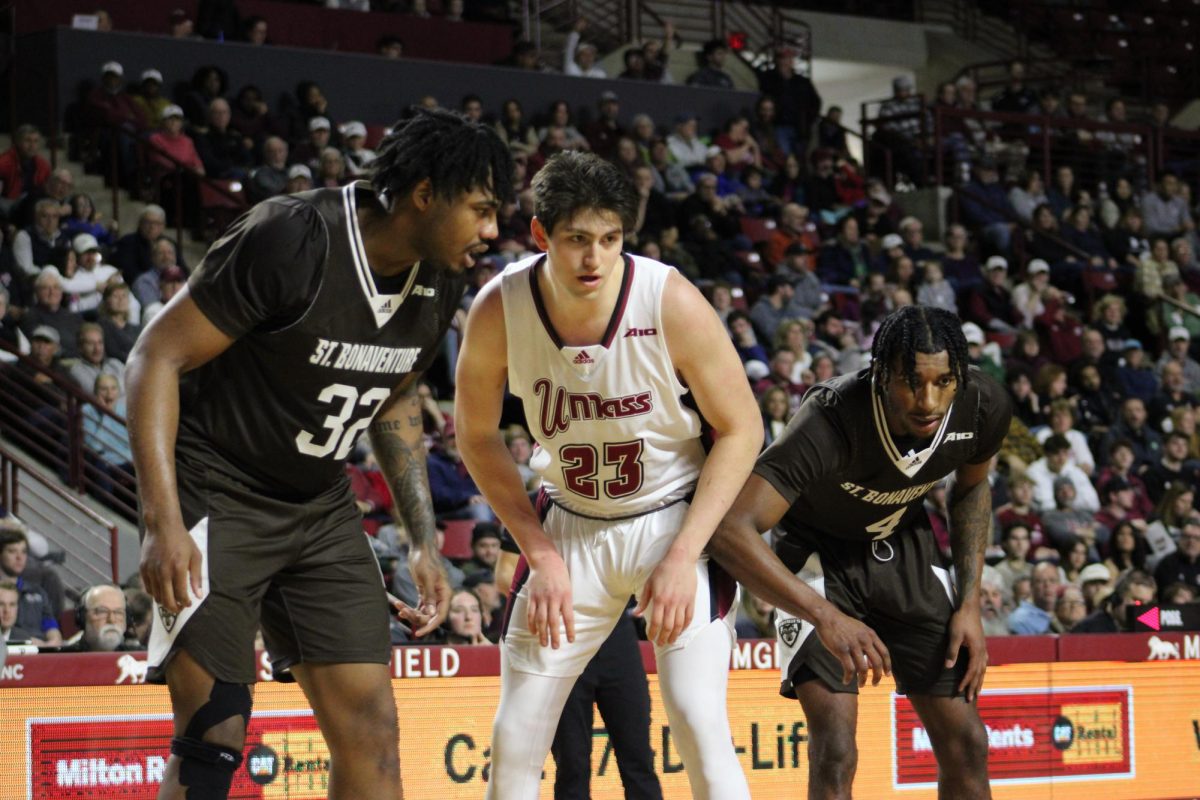
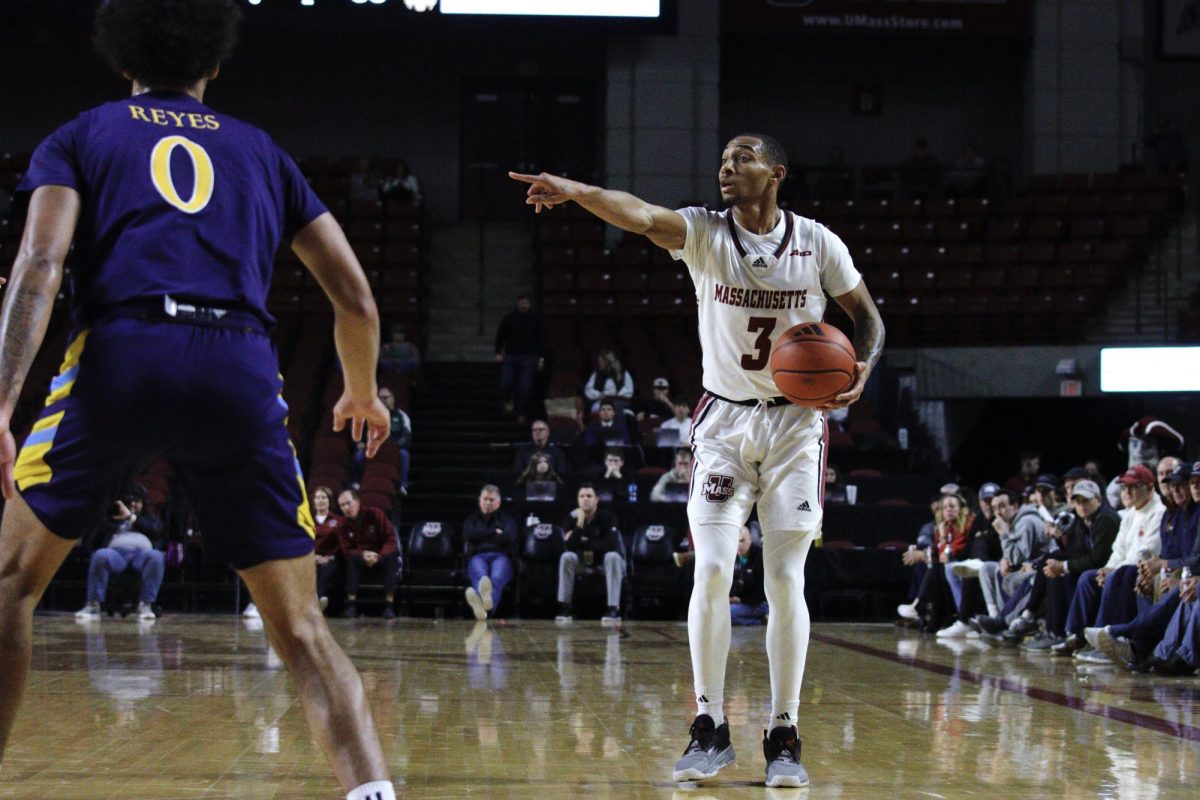
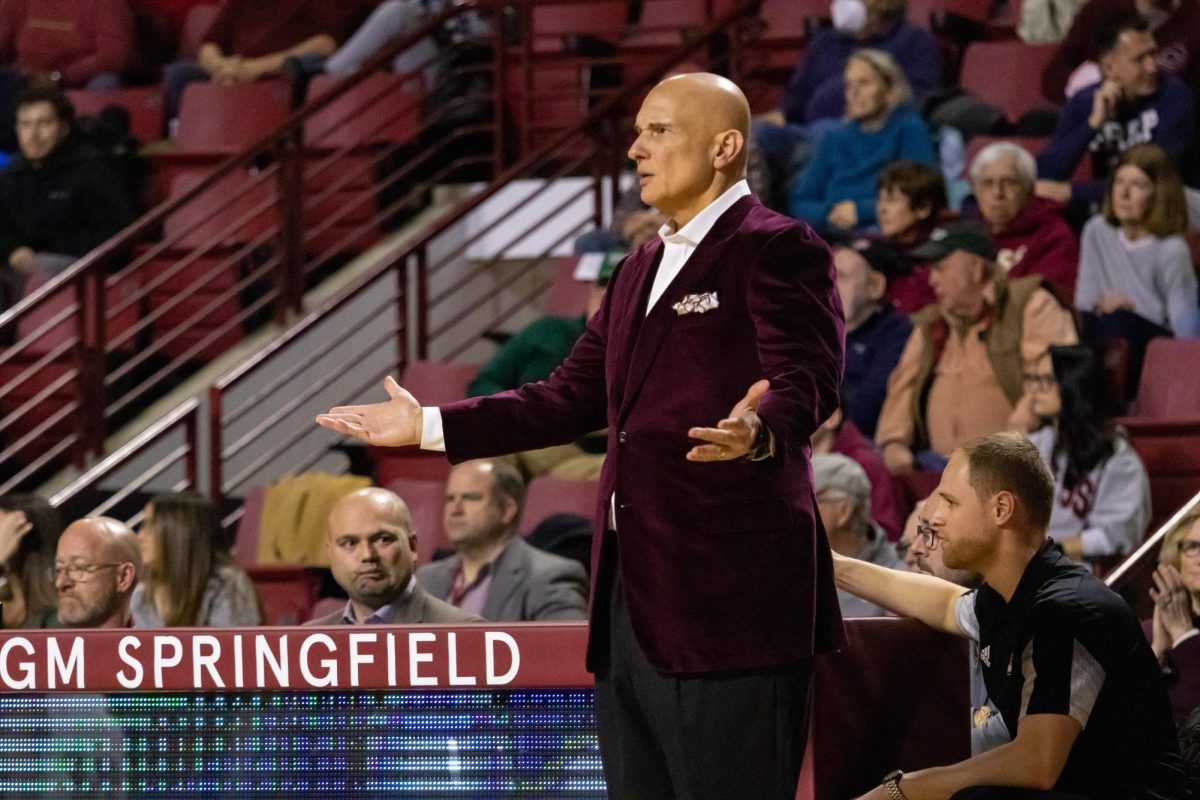






steve • Feb 18, 2014 at 12:55 am
I was really close to this when I was growing up, so I have some emotion.
I became a bigger fan of Cheney after reading this than Calipari who I can only assume is a douche nozzle from all my first hand, second, and third hand experiences of him.
I was such a UMASS fan growing up in that area, and he really is the epitome of a douche nozzle.
Loved Lou Roe. Inspired me to dunk a basketball.
Calipari can rot and die. Never (almost) use the word “hate” but this is what I’ve been saving it for.
Go Louisville.
sal squeglia • Feb 15, 2014 at 9:37 am
Was Chaney ever reprimanded by the NCAA? I would think that something should have been done in response to this outburst. What Calipari did in his tenure at UMass has nothing to do with Chaney’s actions. Saying “I’ll kill you” and I’ll kick your ass” alone should have prompted some disciplinary action. .
Juan4UK • Feb 14, 2014 at 6:43 pm
Well, “Dr. Ed.” Cutting, Lots and lots and lots of stuff you had to say there. You must have followed these people around to have all the premium information that you have. Kudos to you! Paragon of Integrity. What this country needs, is a very special academic College which you yourself can design the curriculum for to teach “professionalism”. Thank god we have you teach us about these things.
Dr. Ed Cutting • Feb 14, 2014 at 10:41 am
I was disgusted then, and I’m disgusted now — these were two highly-paid professional men who ought to have known better. They were both leaders, role models for young adults (who would actually get into serious trouble if they pulled a stunt like this), and there was absolutely no excuse for what either coach did.
.
Threatening to kill someone is a crime. Lunging at someone and having to be restrained by others constitutes the crime of “assault” — Detective Lisa Kidwell of the UMPD once dragged a friend of mine into court for a whole lot less than what Chaney did. And as to Calipari, there’s a way to address the perceived incompetence or bias of referees and a way not to — it’s called “professionalism” and if I’m not mistaken, Calipari was making more money than the Chancellor was.
.
I was having issues with a lot of the things I was quietly hearing about Calipari. Some of his players were very decent young men, and some weren’t. Some treated their girlfriends with dignity & respect, and some very much didn’t, with total impunity because they were on the basketball team. I’m the one who coined the term “Coach Cal’s Criminals” and Marcus Camby was not the only young man doing things that he really ought not have been doing. And to the extent that Camby, the son of a single mother living in a quite modest apartment in Hartford, became “lost in the headlights” and victimized by some quite unscrupulous recruiters, I ask where the h*ll was the University and the Student Affairs folk who are supposed to *protect* students, not just bust them for things, but to be there to advise & guide them. (After all, you’d think that it would have to be a violation of *some* Residence Life regulation for a middle-aged man, neither a student nor UM employee, to be bringing prostitutes into a UM dormitory, you’d think…)
.
And then there was the player with a *combined* SAT score of 440, a fact confirmed by a UM administrator who was a fellow student in the graduate seminar when I had mistakenly cited him having combined 420 and asked how on earth anyone with the aptitude to be a student at an institution with the rigor of UMass Amherst could possibly score that low — 99% of the people taking the test had done better. While this was a few years before the SAT was “renormed” (it’d be a combined 670 today), I’d gotten a score that was more than three *times* higher and I was asking a question that many others would be asking when the abysmal grades of certain basketball players subsequently appeared in the Boston Globe.
.
Calipari recruited players with talent, but young men whom other coaches wouldn’t touch either because of their behavior and/or lack of academic preparation/ability. While this was part of a larger issue — over *half* of the UM freshmen who entered in Fall 1993 did not return in the Fall of 1994, a situation so severe that the state legislature stepped in and set minimum admission standards for UMass — I still believe that these young men were cheated. Most did not get a chance to go pro, of those who even graduated, notwithstanding all the (quite expensive) resources provided in the form of tutors and the rest, I don’t believe they got much of an education, and it would be interesting to see where some of them are now.
.
By contrast, the highest 4-year graduation rate on campus was amongst female athletes, and I know quite a few of those then-young ladies who went to graduate school and then onward to social & financial success. But I digress…
.
And the Mullins Center, the “House that Calipari built” (the team had been playing in the Curry Hicks “Cage”) wound up costing each UM student $100/semester (I believe still does) and along with the lovely Ericsson telephone system, it was the start of building things with bonds secured not by the “full faith & credit of the Commonwealth” but by student fee revenue and cost-shifting. (An intrepid Collegian reporter might want to inquire as to how the new Police Station is being paid for — the “tax” that all departments (including academic ones) have to pay which means fewer professors, fewer courses and all the rest…) Students pay for the Mullins Center — but because it is privately managed, it’s generally prohibitively expensive for a student organization to use it — something to think about if they’re still talking about a new student union, although I again digress….
.
Calipari got out of town just as his house of cards started to tumble. Only about half of the Marcus Camby story ever came out, but what did cost UMass a championship — the NCAA retroactively canceled the victory or something — and a lot of things that ought to have been pursued weren’t — I guess the punishment that UM suffered was seen as “enough.”
.
Yes, I remember the incident with Temple. I was disgusted — still am — and might I remind people that Bill Cosby not only earned his undergrad degree at Temple University, but went there on an athletic scholarship where he was both on the track and football teams… Might I also remind people that Mr. Cosby — who lives over in Shelbourne (near Greenfield) — has lots and lots and LOTS of money — and when you are as wealthy as he, you often tend to donate generously…
.
Had Calipari, “Bruiser” Flint and others shown a little bit more maturity and not let this mess happen, had the UM administration not pandered to radical graduate students and named the then “Tower” Library after UM Alum Bill Cosby instead of Harvard Alum WEB DuBois, Mr. Cosby well may have donated a considerable chunk of change to help repair a building named after him — money which would not have then come from the UMass students. This is what disgusts me the most in all of this — he could have and likely would have donated seven figures, if not more, and how many students drop out each semester because of their Bursar’s bill?
Yes, Calipari did himself donate to the library — he paid for the Calipari room — but that’s only a drop in the bucket to what Cosby could have paid for — Cosby could have paid tor removing the buckets (i.e. the leak repairs).
boris • Feb 13, 2014 at 1:30 pm
calipari – an amazing coach…what he did for umass athletics will never be forgotten